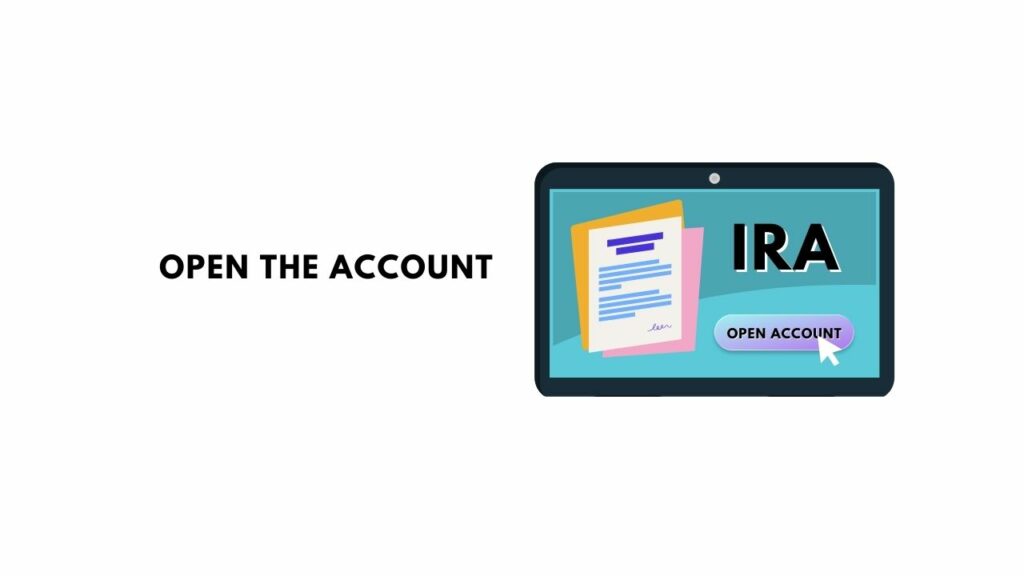The path to retirement is a journey that every person will take at some point in life. Before you embark on this exciting trip, however, it’s important to know what’s in store for you along the way. The road to retirement can be full of twists and turns, but with proper planning and preparation, you can make sure your journey is as smooth as possible. In this blog post we’ll discuss seven key steps to take when planning for your retirement:
1. Start saving 15 years before the target retirement date

If you want to retire comfortably, you need to save for 15 years before the target retirement date. If this sounds daunting, don’t worry. You can start saving as soon as today and still have time to build up a sizeable nest egg.
For example: if your target retirement age is 65 and the average life expectancy of someone who reaches this age is 80, that means you need enough savings to support yourself for 40 years after work ends—which works out to $1,000 per month (plus inflation).
To make things easier on yourself financially while in your prime earning years, try starting with a 15-year plan instead of an immediate plan; this will help ensure that most of your money isn’t spent on unnecessary expenses or frivolous purchases. It also gives enough time for compound interest rates to generate big returns over time because there are more years invested than just one year’s worth invested at one time.”
2. Max out your 401(k) contributions

You should be saving as much as you can for retirement, and it’s never too early to start. The maximum amount that you can contribute annually to your 401(k) plan is $18,500 in 2019 ($19,000 in 2020). If you’re 50 years old or older, you can make catch-up contributions of $6,000 a year on top of that limit.
Here’s how to get started:
- Check with your employer to see if they offer a matching contribution on top of what’s automatically withheld from your paycheck. If so—and even if not—you’ll want to contribute enough money so that the full match will be applied every time it arrives in your account. This way, no free money goes unclaimed!
3. Stay in the game

Step 3. Stay in the game of life
You’re going to hit a wall at some point—we all do. It happens when you are at your lowest, and you may feel like you can never get back up again. But no matter how bad it gets, there is always a way out of any situation if you make the right decisions and stick to them. You just need passion, perseverance, patience and tenacity! The truth is that there are many ways for people who have been laid off or fired from their jobs to break through these challenges and find financial success later on in life. The key is staying positive even when faced with adversity because sometimes those experiences are what defines us as individuals while making us stronger than ever before as well!
4. Contribute to a Roth IRA

You may be able to contribute up to $5,500 per year. You do not have to pay taxes on the money you contribute until you withdraw it in retirement. You also will not pay taxes on the money you withdraw, as long as you meet certain requirements.
5. When it comes to retirement, think beyond your 401(k)

The 401(k) is just one way to save for retirement, and it should be a good place to start. But don’t stop there! You should also have an IRA, Roth IRA, and other accounts that can help you reach your goals.
These additional savings vehicles are all tax-advantaged in their own way (but keep in mind that the 401(k) is tax-deferred—meaning you won’t pay income tax on withdrawals until you retire—whereas IRAs and Roth IRAs are both taxed). In addition to these benefits, which we’ll go into more detail about later on, each of these options has different rules regarding how much money you can put away each year based on your income level (the IRS caps annual contributions at $6,000 per person for 2019 but increases this limit annually).
6. Designate beneficiaries for all accounts regardless of account balance or size

You should designate beneficiaries for all accounts regardless of account balance or size. If you have a spouse, they should be the primary beneficiary on all accounts. If you do not have a spouse, then name your children or grandchildren as beneficiaries on all life insurance policies and retirement account assets. You may also consider naming other family members like siblings and nieces/nephews as contingent beneficiaries if they are financially stable enough to handle the responsibility of being named as such in your will or trust documents.
7. Have realistic expectations about retirement income needs

It’s important to have realistic expectations about your retirement income needs. This will help you develop a plan that works for you and your family.
When estimating your retirement income needs, look at the expenses you currently pay and factor in any new costs that may arise once you retire.
You’ll need to calculate how much money must be set aside each year so that there is enough left over after taxes are paid and inflation has been factored in for these expenses. It’s also important to consider other factors such as:
- Changes in health care costs during retirement (including the cost of long-term care);
- Social Security benefits;
- The possibility of having dependents who are still reliant on others’ financial support;
When do you know that you can retire?

There is no clear-cut answer to this question. It depends on many factors, including your financial situation and the age at which you plan to retire. You should consider these questions: How much money will I need in retirement? How long do I want to work before retiring? Do I have enough saved up for retirement?
Conclusion
We hope this guide has helped you better understand how to get on the road to retirement. There’s no one-size-fits-all plan, but we think it’s important that everyone be aware of what their options are when it comes down to saving for their future and having realistic expectations about what life after work will look like.